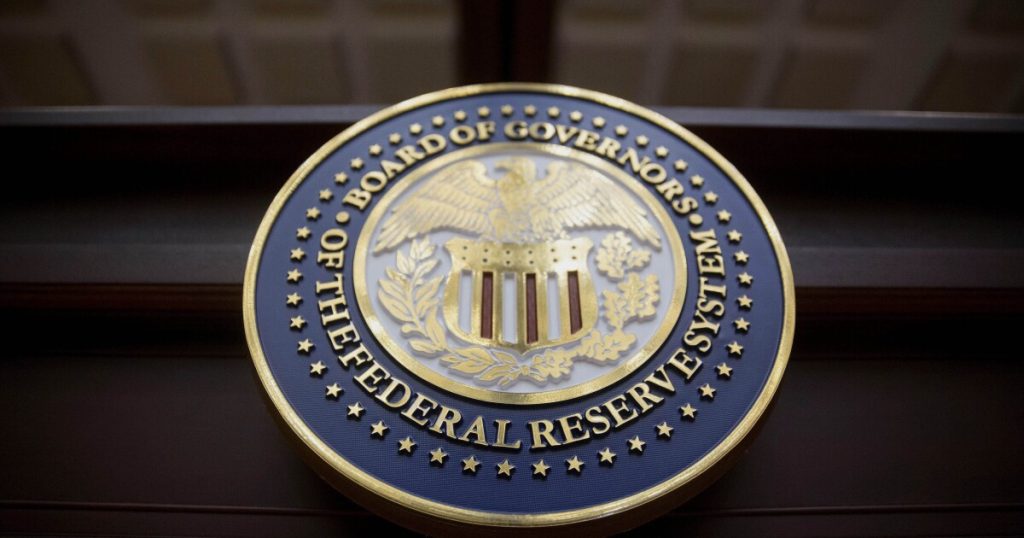- Key Insight: The Federal Reserve’s semiannual Financial Stability Report highlighted risks posed by elevated asset valuations as a leading source of risk, whereas an earlier report this year cited tariffs as a leading source of concern.
- Expert Quote: “Elevated valuation pressures may increase the possibility of outsized drops in asset price.” – Federal Reserve Financial Stability Report
- Forward look: The report comes as the economy could potentially see more turbulence if the Supreme Court strikes down the Trump administration’s tariff program.
The Federal Reserve warned Friday that excessive market optimism could pose risks to financial stability if economic conditions change.
In its latest financial stability report, the central bank said asset valuations — including stocks and other securities — remain elevated, with the ratio of equity prices to earnings returning to “near the high end of its historical range.”
“Spreads between yields on corporate bonds and those on comparable-maturity Treasury securities also settled to pre-April levels, which were low compared with their longer-term history,” the report said.
The Fed warned that this can be a sign that investors are open to taking on more risk.
“As such, elevated valuation pressures may increase the possibility of outsized drops in asset price,” the report said.
The report, which includes data through Oct. 25, added that equity markets rebounded from April’s declines, with corporate bond spreads narrowing and remaining well below their historical medians.
Liquidity in Treasury markets also rebounded since April. The Fed’s previous report had
Commercial real estate prices continued to stabilize, but the Fed flagged the potential for distressed property sales if borrowers needing to refinance are unable to do so. In the residential market, home values remain elevated, growing between 0.3% and 1.7% over the year ending July 2025, though the report noted that growth has slowed.
The Fed report also highlighted risks related to leverage in financial institutions, particularly hedge funds and life insurers.
“Over the past few years, hedge funds’ leverage has steadily increased across a broad range of strategies, including those involving Treasury securities, interest rate derivatives, and equities,” it said.
Potential issues with leverage increasing at financial institutions is them not being able to “absorb losses without disruptions to their normal business operations when hit by adverse shocks.”
The banking sector, meanwhile, “remained sound and resilient overall,” with most banks reporting
Household and business balance sheets continued to be in good shape, with collective borrowing trending “slightly down to its lowest level in the past two decades,” though borrower delinquencies on credit cards and auto loans were above pre-pandemic levels.
The report also included results from a Federal Reserve Bank of New York survey on market risks. Policy uncertainty topped the list, with over 60% of respondents citing it as a leading risk, up from 50% in April. Geopolitical risk was next at 50%, up from 25%. Inflation and higher long-term rates tied for third, cited by about 45% of respondents. Cyberattacks were the least-cited concern, at roughly 28%.
The sample size of the survey consisted of 23 market contacts from September to October.

